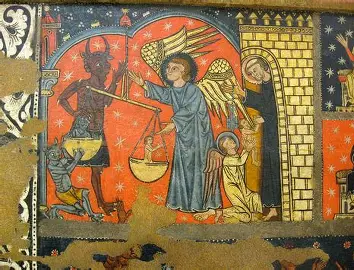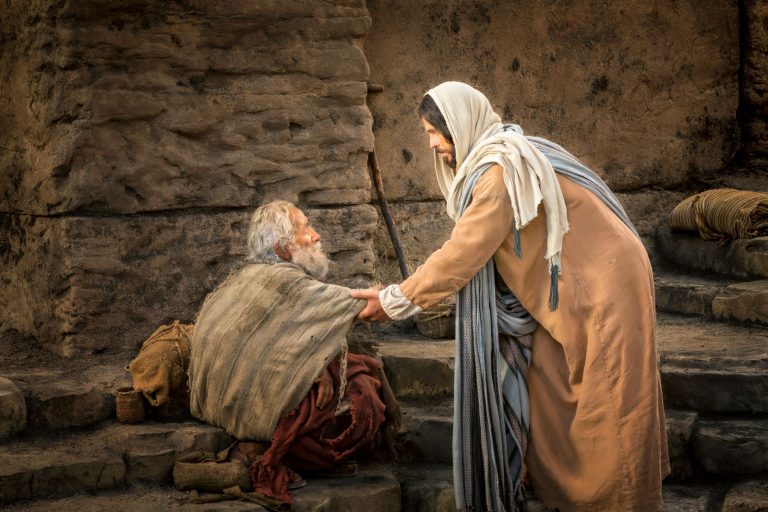One of the first, and finest, of the small, .25 caliber (6.35mm) pistols was John M. Browning’s Colt 1908. It was a small pistol, designed to be carried in the pocket of a vest. So, it became known as a “vestpocket pistol”.
They were made on early, hand-operated mills and lathes that could not hold modern tolerances. Still, the machinists were so skilled that even the oldest of such pistols shoot very well. They were very expensive for the time and were copied all over the world.
Many people collect them. The fine work and clever design that went into their production makes them a joy to handle and examine. “Wow!”, even a modern machinist will say, “That’s an amazing example of precision machining!”

The manufacturing record of these fine, Colt pistols from 1908 onward is available on Wikipedia. As I began to look at annual production numbers, I expected a drop in sales to appear after “The Roaring Twenties”. During the that decade, Colt sold about 25,000 of the Model 1908s each year. I was startled to find that throughout the 1930s, when The Great Depression was at its height, Colt was selling 35,000 of these tiny pistols annually.
The first thing I noticed was that my expectation of sales trends was about as wrong as it could be. Sales actually went up, and went up significantly, during the depression. How could I have been so wrong?
Was it fear of crime? This pistol was then, and is now, a remarkably underpowered handgun, scorned for its lack of stopping power. Why, then, in The Great Depression, did sales go up so much? Do people just like to buy tiny, little pistols, made with almost pocketwatch precision, even if the country is in a Depression?
Now that we’re in a recession that’s nearly as bad as The Great Depression, finding out why such a small item had such a big sales increase is important for people who’d like to strengthen their businesses.
If you have an answer, please email it to info@catholicfundamentalism.com








